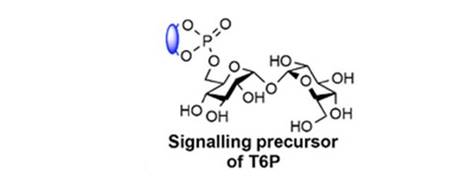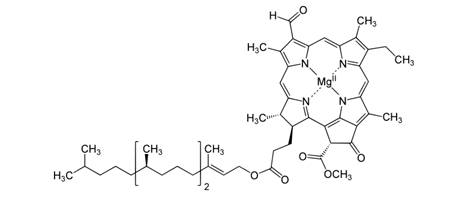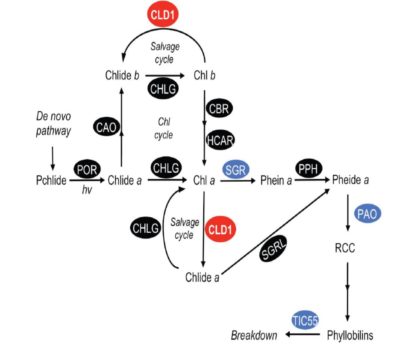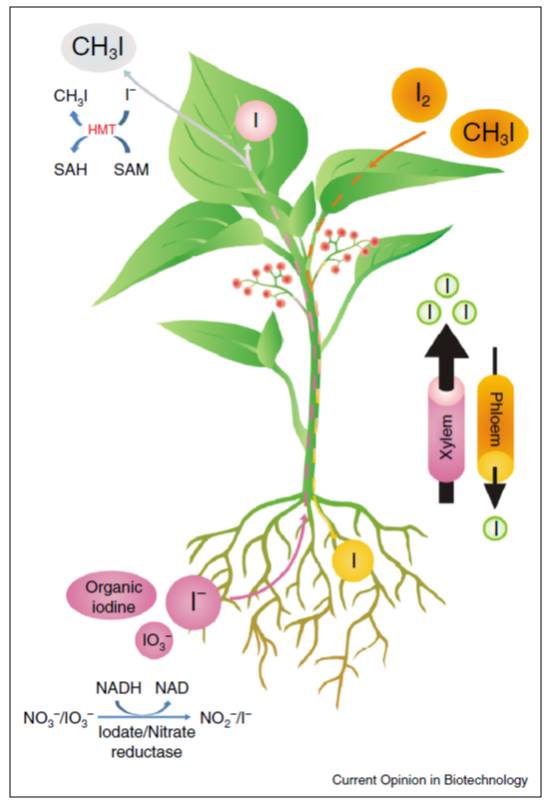
Review: Transport and homeostasis of K & P ($)
Plant Science Research Weekly, Research0 Comments
/
Nitrogen (N), phosphorus (P), and potassium (K) are the three macronutrients required in highest amounts for plant growth. N is abundant in the atmosphere, therefore plentiful if we overlook the energetic costs of converting N2 to usable form. By contrast, K and P are present in limited amounts in the…

Review: Nitrogen sensing in legumes ($)
Plant Science Research Weekly, ResearchAs a consequence of their ability to fix nitrogen in symbiosis with bacteria, legumes make key contributions to ecosystems and provide protein-rich foods for humans and other animals. Recent years have uncovered the nature of the signals involved in the cross-kingdom dialogues that occur between plant…

Plant-permeable trehalose 6-phosphate analogues increase yield and resilience ($)
Plant Science Research Weekly, ResearchTrehalose-6-phosphate (T6P) is a sugar signaling molecule that regulates how plants allocate and use sucrose, which in turn affects stress resilience and yields. Griffiths et al. designed a plant-permeable, photo-activated T6P analogue that is converted to T6P in planta. Spraying this compound onto plants…

Metabolic control of tobacco pollination ($)
Plant Science Research Weekly, Research, Research BlogA germinated pollen grain extends a pollen tube through the stigma and style of the flower to deliver two sperm cells to an ovule. Tip-directed growth of the pollen tube requires a large energy input, but how does the pollen tube obtain energy while growing through the flower tissues? Goetz et al.…

A dephytylase involved in chlorophyll turnover
Plant Science Research Weekly, ResearchChlorophyll has an aliphatic phytol side chain that anchors it to light-harvesting complexes. During senescence, chlorophyll is degraded first by the enzymatic removal of Mg to produce pheophytin, which is dephytlated by pheophytinase. Through the identification of a mutant allele with elevated enzymatic…

It was a Great, Green Year: Identification of a Chlorophyll Dephytylase That Functions in Chlorophyll Turnover
Research, The Plant Cell, The Plant Cell: In BriefIN BRIEF by Jennifer Mach [email protected]
Green may have been the Pantone Color of the Year for 2013 (http://www.pantone.com/color-of-the-year-2013), but 2016 was a great year for papers on chlorophyll research, at The Plant Cell and beyond. In this year, we saw a pile of interesting papers examining…

Best of 2016: Top Topics in The Plant Cell journal
Blog, Research, Research Blog, The Plant CellWe’ve highlighted some of the Plant Cell papers that were widely shared, liked, blogged, retweeted and otherwise garnered high-levels of attention this year. Perhaps you can use some holiday-season quiet time to catch up on those you missed.
Reviews and Perspectives
Creating order from chaos: epigenome…

Best of 2016: Top Topics in Plant Physiology jounal
Blog, Research, Research Blog
We’ve highlighted some of the Plant Physiology papers that were widely shared, liked, blogged, retweeted and otherwise garnered high-levels of attention this year. Perhaps you can use some of that holiday-season quiet time to catch up on those you missed.
The breakaway attention-getter from Plant…

Biofortification of plants: New Reviews ($)
Plant Science Research Weekly, ResearchBiofortification is the nutritional enhancement (using conventional or genetic engineering approaches) of food with vitamins or micronutrients with the goal of improving the human diet. A set of new reviews in Current Opinion in Biotechnology summarizes progress towards biofortification of plants to…

